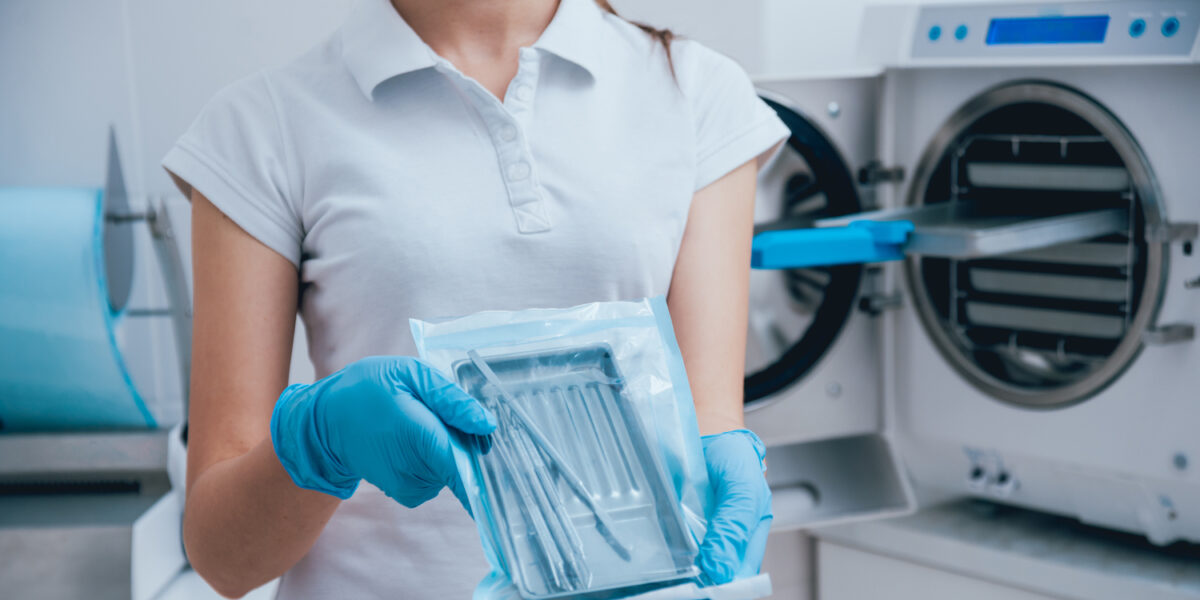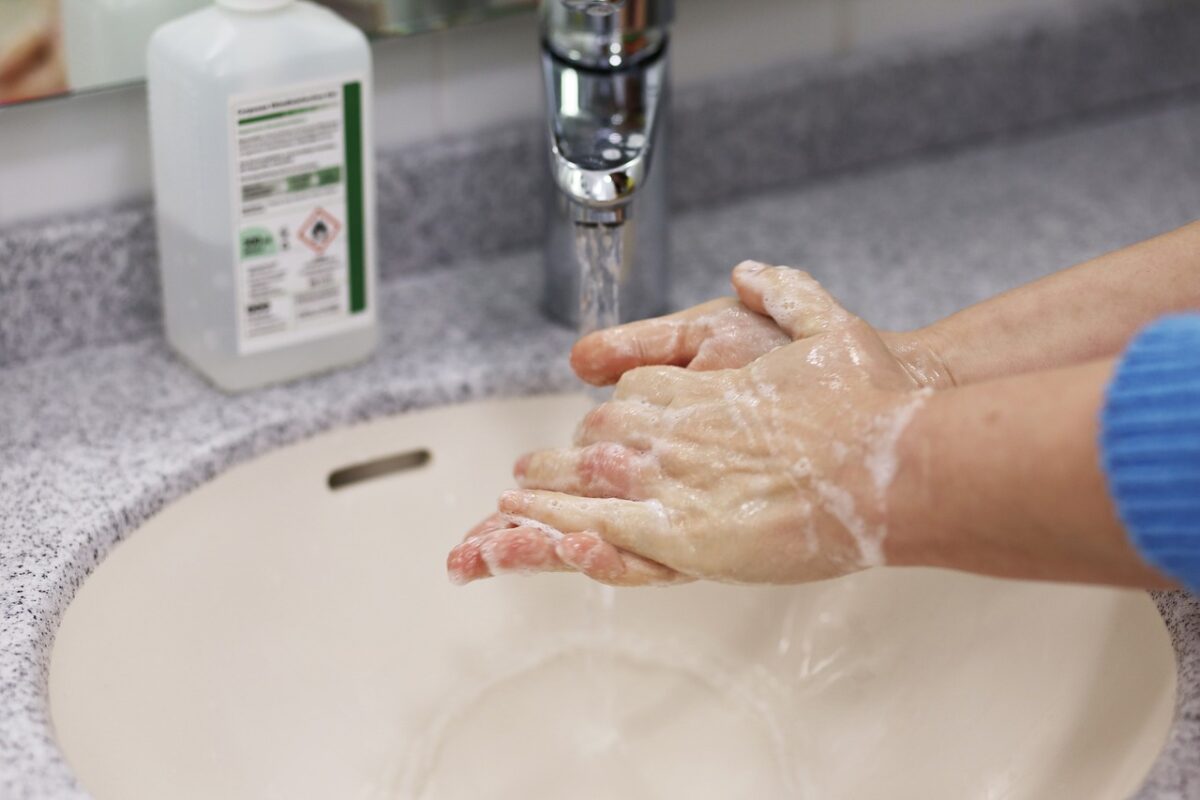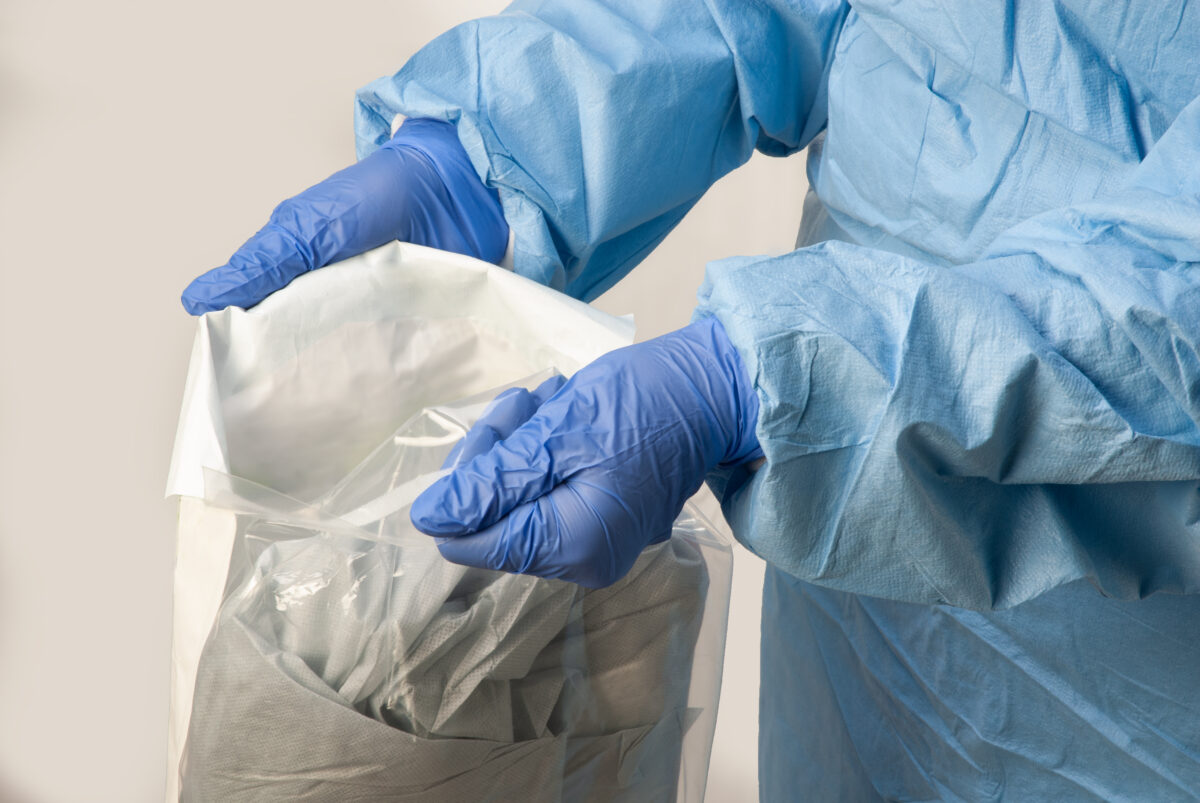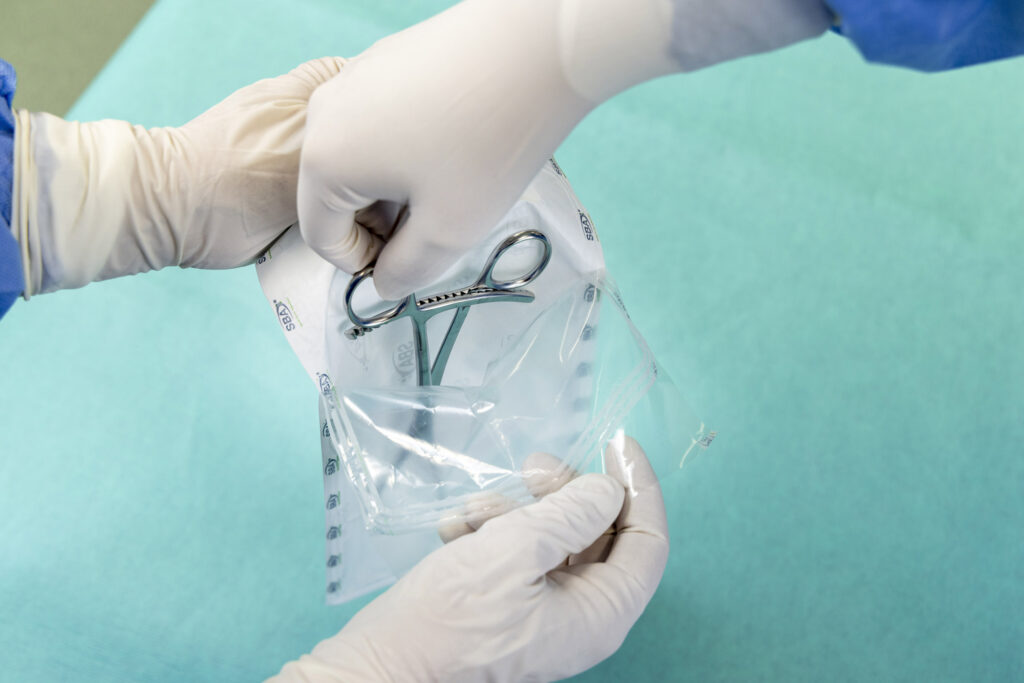




Microbes are very small living organisms (microorganisms) and the definition includes bacteria, fungi, microscopic plants (green algae) and animals such as plankton. Some microbiologists also classify viruses as microbes.
Microbes are found in all living things, plants and animals. There are more microbes on and inside your body than there are cells that make up your entire body.
From a healthcare perspective, there are both beneficial and harmful, pathogenic types of microbes.
Beneficial microbes include the bacteria that live within the human digestive system. These contribute to gut immunity, synthesise vitamins such as folic acid and biotin, and ferment complex indigestible carbohydrates.
Pathogenic microbes, on the other hand, can infect and cause diseases in animal or plant hosts. They can also grow, reproduce and evolve to evade both the immune system and the pharmaceuticals that are deployed against them.
Examples of pathogenic microbes in humans include the bacteria that causing diseases like plague, tuberculosis and anthrax; protozoa, which cause diseases like malaria, sleeping sickness and toxoplasmosis; and also fungi which cause diseases like ringworm or candidiasis. Other diseases like influenza, yellow fever or AIDS are caused by viruses.


Infectious microbes can be transmitted directly from one person to another in one or more of the following ways:
Transmission can also be indirect, via another organism, either a vector (e.g. a mosquito) or an intermediate host (e.g. contaminated food which is not properly cooked).
Sterile barrier systems – the packaging around medical devices – provide a microbial barrier that prevents microbes, including pathogenic microbes, from passing through them. This protects the medical device inside from becoming contaminated with microbes, helping to maintain sterility effectively up to the point of use.
Another key aspect of sterile barrier systems is that they allow the devices to be sterilised while inside the packaging. A wide range of materials can be used to create effective microbial barriers. However, the materials you choose also depend on the sterilisation methods you use: not all materials can withstand the different sterilisation methods.
Some sterilization techniques use gases like Ethylene Oxide (EO), Formaldehyde, Vaporised Hydrogen Peroxide (VHP), and Hydrogen Peroxide Gas Plasma (VH2O2). These sterilisation techniques rely on the microbial barrier having a certain level of porosity. With the right choice of material, you can control the pore sizes so that the pores (small holes in the material) are large enough for sterilising gases to pass through but too small for microbes.
Most molecules in the air and the gas molecules used for sterilization are extremely small, consisting of a few atoms. Microbes, although microscopic, are much larger than any gas molecule, consisting of many millions of atoms. In addition, microbes may be individual entities or grouped together in larger clusters, or they may be attached to yet larger inert particles such as dust. This is why microbial barriers can be penetrated by sterilising gases but not by microbes.


The SBA provides information to help healthcare professionals and manufacturers understand SBS labelling, good practice and handling techniques.